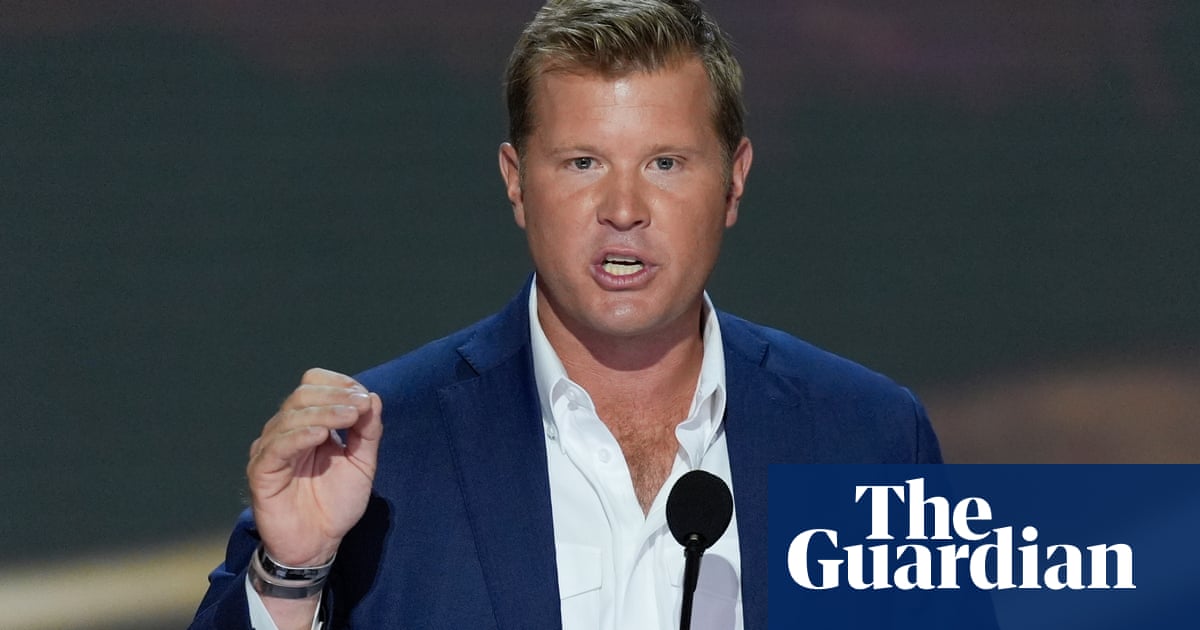The dramatic sea cliffs, crags and stacks of Rathlin Island, county Antrim, rise more than 200 metres above the Atlantic Ocean and host one of the UKâs largest seabird colonies, including hundreds of endangered puffins, attracting up to 20,000 birders and tourists a year.
On a spectacularly sunny day in September, the cliff faces are devoid of birds, with the puffins already having made their annual migration to spend the winter months at sea. Instead, Rathlinâs cliffs are dotted with roped-up figures in harnesses and bulging rucksacks, directed from above by a Scottish mountaineer, via a walkie-talkie.
They are part of a crack team of 40 scientists, researchers, conservationists and volunteers who this week will put the first poisoned food into the bait stations designed to kill the islandâs rats. It is the final phase in a £4.5m project to eradicate the key predators believed to be affecting the islandâs puffin colony. Ferrets were eradicated in the first phase and it has been a year since the last confirmed sighting. Puffin numbers declined here by 74% between 1991 and 2021, according to an EU study.
âIt is a monster task,â says Stuart Johnston, director of operations at Climbwired International Ltd, which trains scientists and researchers to access remote areas by rope. âSome of the highest cliffs in the UK are found on this island. We canât abseil down from these clifftops, as they are basalt and laterite, and very crumbly. We have to go underneath, thatâs where the mountaineering comes in.â
Johnston and his crew have been preparing the ground for this event over the past year as part of the Life Raft project, an EU and National Lottery Heritage Fund partnership that includes the RSPB Northern Ireland and the local community association. He points out a horizontal stainless steel safety wire, running across the middle of the 150-metre Knockans cliffs, on to which the climbers are clipped to stop them falling into the Atlantic when placing the traps. The traps, or âbait stationsâ designed for rats, are plastic tubes, fitted with wires to keep out crows, rabbits and other non-target species.
For the next seven months, come rain, snow or shine, the climbers will scale each cliff, crag and stack, loading the traps with poison, while others will cover the fields, forests, gardens and other terrain. âThe ledges are full of bird shite and are just minging,â says Johnston. âThe stacks are riddled with rats.â
Rats probably arrived on boats centuries ago, and ferrets were released deliberately to control rabbits. They both feed on seabirds and their young, and until last year, when almost 100 ferrets were caught and killed in the projectâs first phase, they were everywhere.
Eradicating rats and other invasive animals from islands is one of the most effective tools for protecting wildlife, and has an 88% success rate, leading to dramatic increases in biodiversity, according to a study in 2022 that analysed data stored on the Database of Island Invasive Species Eradications.
By early October, 6,700 traps, one every 50 metres squared â the size of a ratâs territory â had been laid in a grid pattern across the 3,400-acre (1,400-hectare) island. Now they will be loaded with poison.
Liam McFaul, warden for the RSPB, who was born and raised on Rathlin, which has a population of 150, shows us around the cliffs and stacks at the West Light Seabird Centre and its âupside downâ lighthouse.
Below the viewing platform, two seals lie on the cobbled beach under the guano-spattered crags. âIn the summer, you canât see the rock for guillemots, they all crowd into one area,â he says. About 200,000 auks (a family of birds that includes guillemots, puffins, and razorbills) nest here, he says, and 12,000 breeding pairs of kittiwakes.
âPuffins come from late April to July. They find the same partner every year. They are notoriously hard to count because they nest in burrows in the ground, which also makes them vulnerable.â
Years ago, they used to nest on the grassy âapronâ at the top of the cliffs, but now stick to lower, more inaccessible areas, a behaviour change McFaul believes is due to rats and ferrets reaching the aprons. Once, he spotted a ferret at a puffin burrow near the beach and quickly organised a boat and a trap to catch it. By the time it arrived, 27 dead puffins lay on the stones.
On Rathlin, only one in three puffin chicks survives, compared with two out of three on islands free of rats, according to the RSPB. Ground-nesting birds, such as puffins and Manx shearwaters, are most at risk.
âWe have had a serious decline in Manx shearwaters over the last 15 years,â says McFaul. âThey might be on the brink of extinction from the island. We have just one or two left on the remote cliffs in the north.â
Liamâs brother Jim McFaul, 75, a farmer on Rathlin, says the skies above the island have gradually quietened since the 1990s and early 2000s, due to multiple threats including changes in farming practices. âI used to love hearing the snipe at dusk and nightfall,â he says. âItâs like a drumming sound. You hardly hear it now. The corncrake was another one â you couldnât get to sleep for them, they would call and answer each other all night.â
He hopes the eradication programme will help birds, as well as farmers. âBecause of the ferrets, nobody could keep poultry. Theyâre like foxes. I trapped dozens of them, some as big as pole cats.â
The project will continue until 2026, when the hope is that all ferrets and rats will be gone. After that, biosecurity measures will continue, including training ferry operators in how to minimise risks of rodents on board, such as removing food, inspecting animal feed and careful monitoring of vessels.
Woody, a two-year-old labrador retriever trained to detect ferret faeces, was brought to the island this year to help identify any rogue animals and monitor the projectâs success.
Michael Cecil, chair of the Rathlin Development and Community Association and ferry skipper, says that while a few concerns have been expressed over the ethics of killing ferrets, as well as access to property needed for the project, the community were persuaded of the benefits. Much of its economy is based around thousands of summer visitors, attracted by the seabirds.
âFerrets caused all sorts of problems and people used whatever means necessary â theyâd be driven over, drowned, clubbed or shot with rifles, not the most humane ways to kill them,â he says. âThatâs come to an end now.
âWe canât do anything about the wider worldwide problem seabirds are facing, but we are hoping that Rathlin will do its bit.â









